
I first learned about the Hasselblad Xpan from this DigitalRev TV video which highlighted two compact and relatively inexpensive (at the time) film cameras that would allow you to shoot larger than full frame “without breaking your bank or arm.”
I was fascinated by this camera and began searching Flickr and Instagram for other photographers shooting with it. Before long, I was also searching eBay to get one for myself.

The Xpan is unusual because it uses a standard roll of 35mm film, but in a completely nonstandard way. With a typical “full frame” camera, each shot exposes a 24×36 mm frame. But on an Xpan (when set to panoramic mode), a 24×65 mm frame is exposed, resulting in an image with a cinematic 2.7-to-1 aspect ratio. On a “36 exposure” roll of film, the Xpan can fit about 20 or 21 panoramic shots, depending on the specific film stock.
The camera was jointly developed by Hasselblad and Fujifilm. The original model, released in 1998, was branded as the Fujifilm TX-1 in Japan and as the Hasselblad Xpan elsewhere. A slightly improved model, the TX-2 or Xpan II, came out in 2003. “Xpan” is commonly used as the generic term, and if you search #xpan on Instagram, you’ll see photos taken with all of these models. Three lenses were made for the system: a 30mm, a 45mm, and a 90mm.
Another quirk of the camera is that it shoots each roll of film “backwards” compared to a typical 35mm camera. Instead of accumulating the exposed film onto a spool and rewinding it back into the canister when the roll is finished, the Xpan does it in reverse. When you load a new roll, the unexposed film is pulled out onto the spool, and each time you take a picture, the exposure is rewound back into the cartridge. So your exposed film is safely stored inside the film cartridge, and if the camera were to be accidentally opened mid-roll, only the remaining unexposed portion of the roll would be ruined.
I bought an Xpan with a 45mm lens on eBay in the spring of 2017. I picked up a 90mm lens a few years later. The 45mm definitely feels like the “right” lens for this camera to me. The 90mm is useful in certain situations, but the 45mm is on my Xpan most of the time.
I will admit that it can be challenging to find compositions in urban areas that work with the panoramic format. For this reason, the Xpan is rarely the camera I grab when taking a walk around the city.
(You can click on each photo to open a larger and higher-resolution version in a new window.)



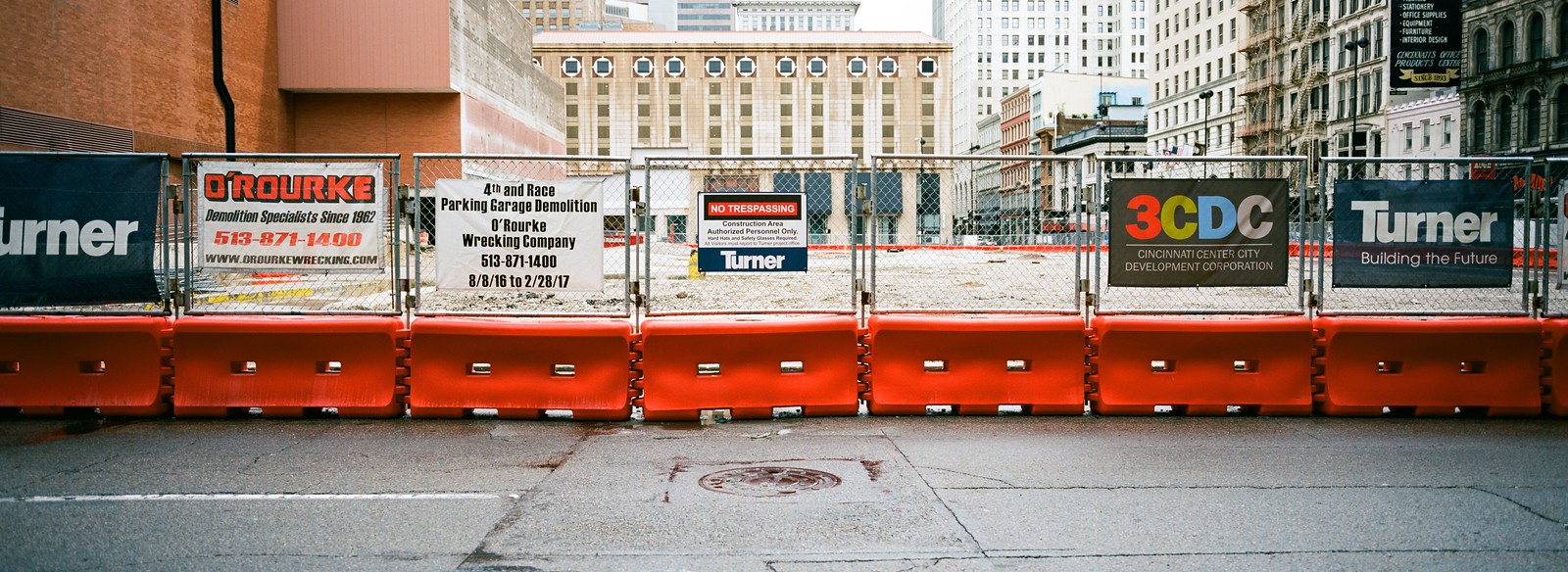

However, I really enjoy traveling with the Xpan, especially on longer trips where I can take my time finding good panoramic compositions.
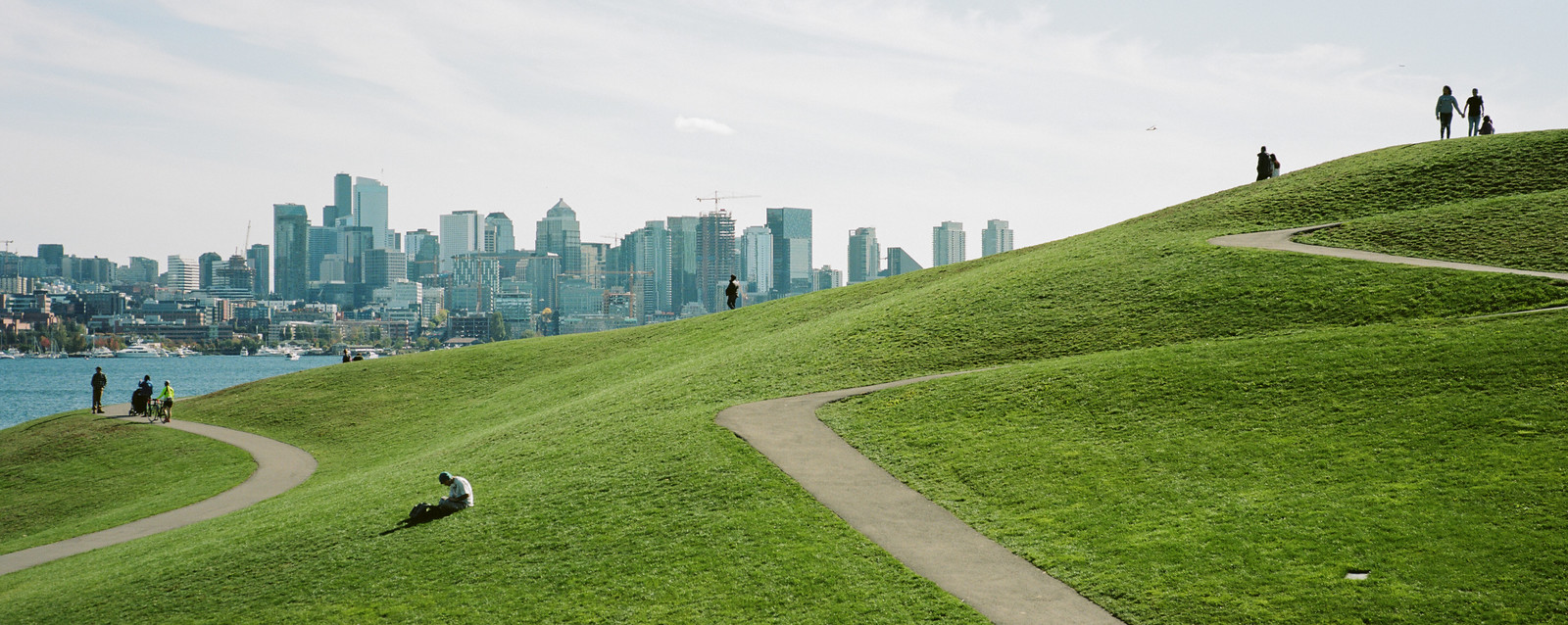
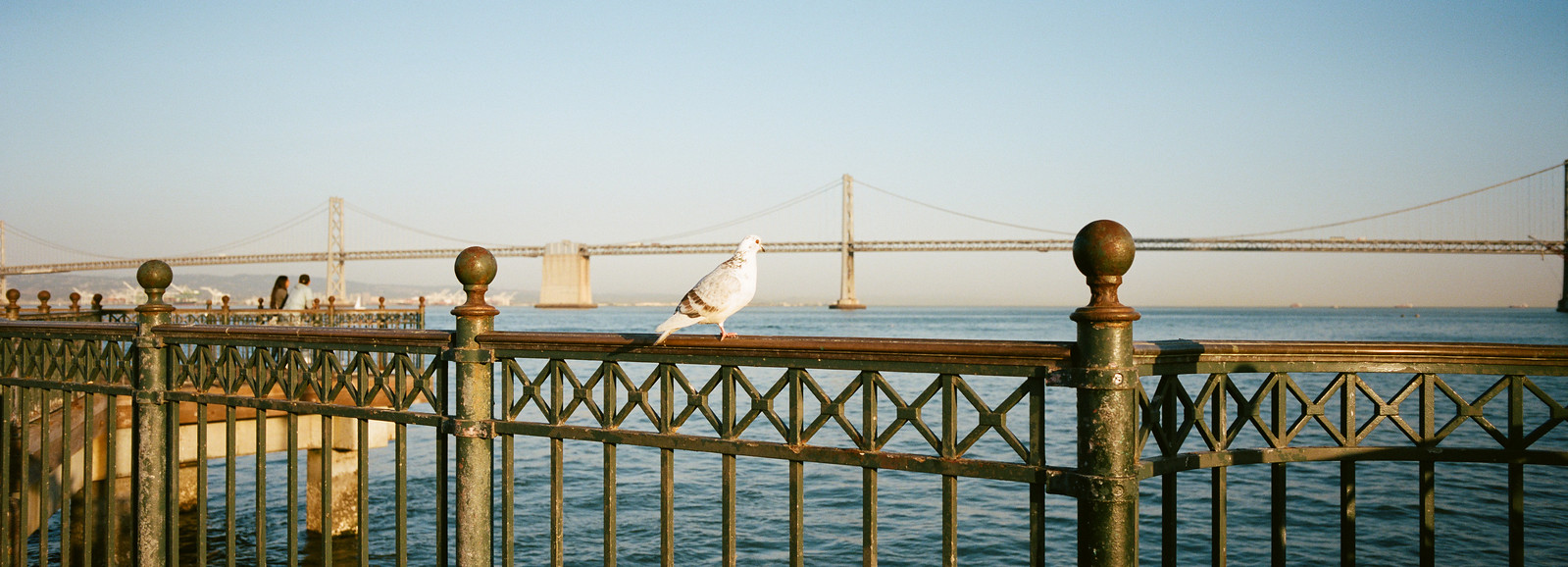





Of course, where the Xpan really shines is in nature.

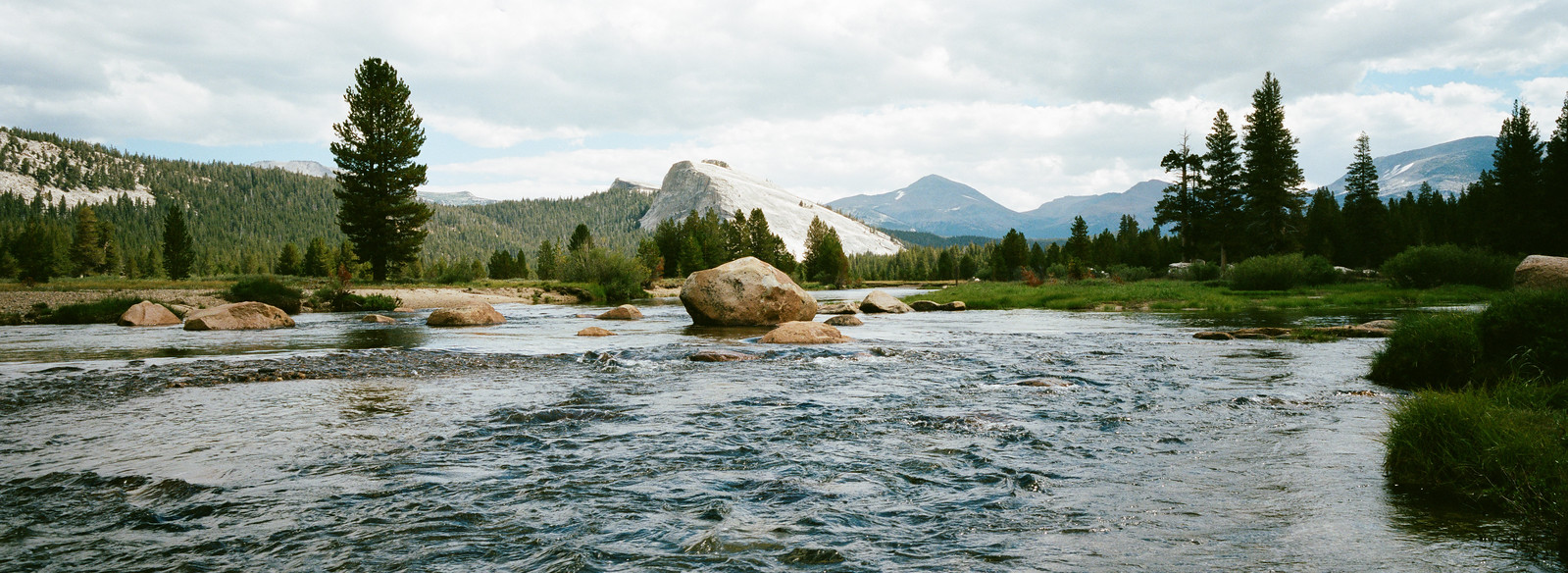

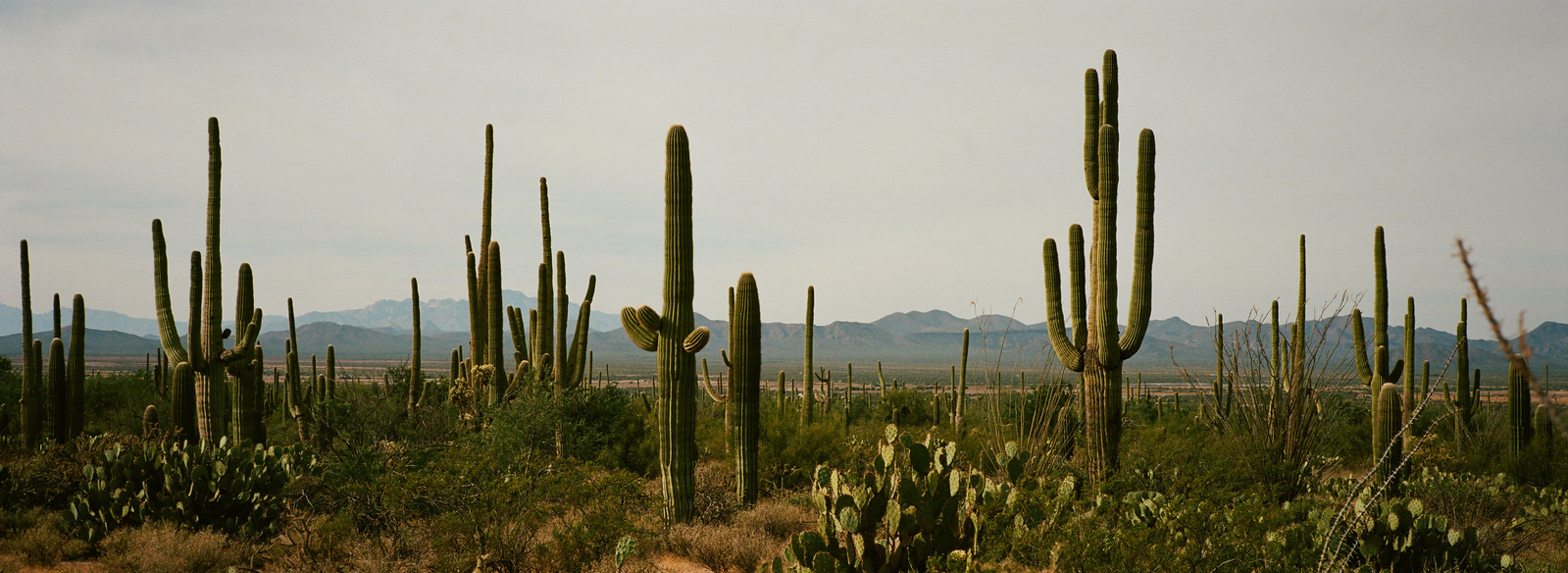


One major challenge of using the Xpan is that the lenses aren’t very “fast.” The 45mm and 90mm lenses have a maximum aperture of f/4, and the 30mm is even worse at f/5.6. While this is fine for most outdoor settings, even on a partly cloudy day, it can be difficult to shoot indoors with the Xpan. I sometimes load my Xpan with a higher ISO film such as Fuji Natura 1600 in order to shoot in dimmer situations.




The Xpan is a well-built and fun-to-use camera, and because it’s a rangefinder, it’s small and light enough to fit in my bag in a lot of situations. Over the past few years, I have enjoyed taking trips with two film cameras in my bag — the Xpan with the 45mm lens and an SLR (either my Canon AE-1 or Nikon F6) with a 50mm lens. Between these two cameras, I am able to capture almost any composition I envision.
I’m glad I bought one back in 2017. With the current resurgence in film photography and dramatic increase in resale prices of popular film cameras, the Xpan is now reselling for around $3,200 with the 45mm lens, and a few thousand more if you want the other two lenses. I don’t think I would spend that much if I had to buy it again today.
More words, photos, and videos about the Xpan:
- All of my photos taken with the Xpan on Flickr
- Some of my favorite Xpan shots from other photographers on Flickr
- Tom Kluyver’s trip to Norway, captured with an Xpan
- Hamish Gill says the Xpan isn’t for him, but he still took some great photos with it
- Japan Camera Hunter’s detailed history and specs for the Xpan
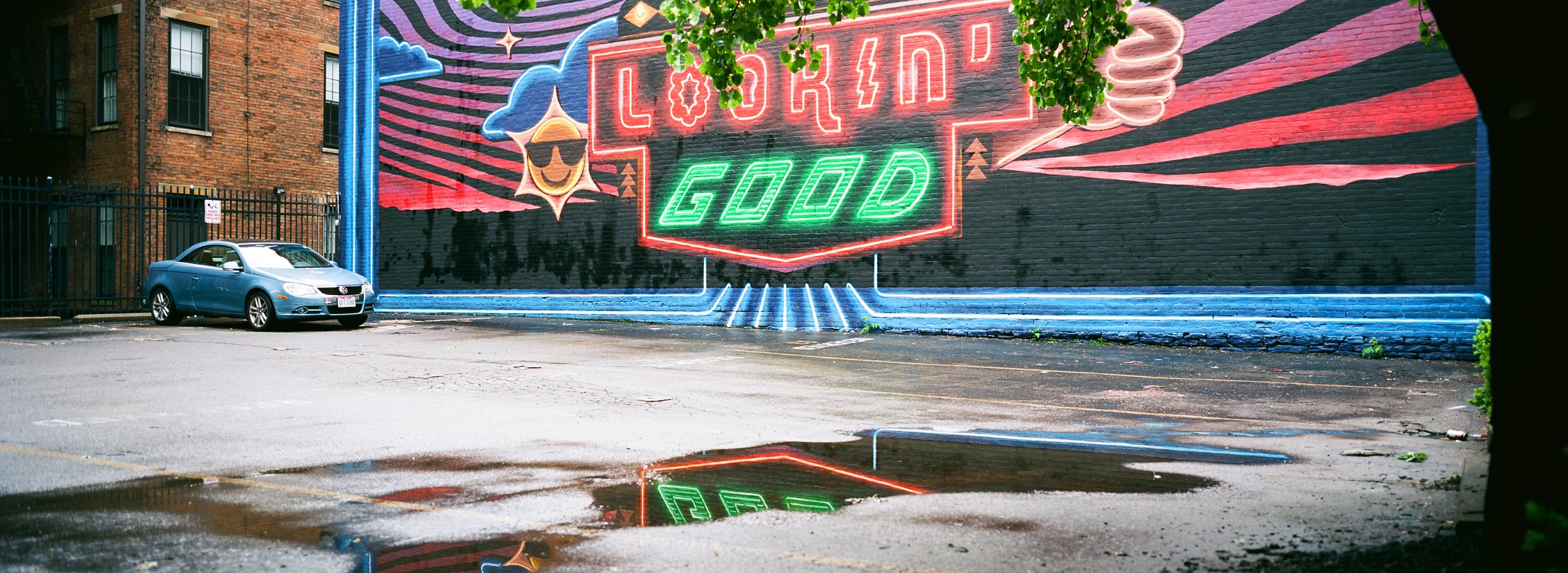
I didn’t know the point about it rewinding back into the roll as it shoots. I’m surprised more bodies don’t make use of that method. It seems like a no-brainer for protecting exposures. Great photos, as usual.